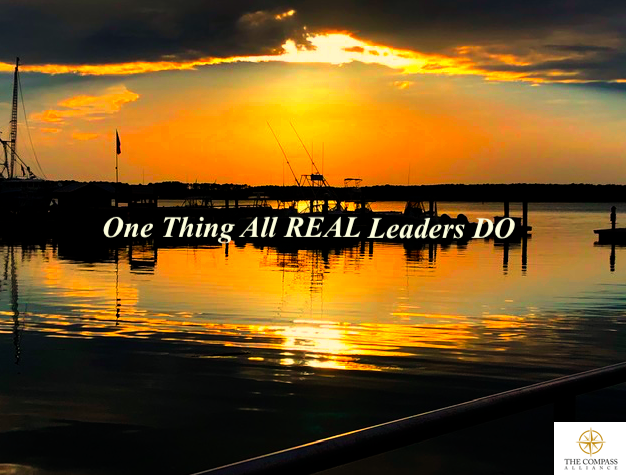
04 Aug On the Trail of REAL Leaders
Leadership has always fascinated me. Maybe it’s because I appreciate how uncommon it is to see it in its finest form.
I have no problem in stating that it was my exposure – early in my career – to the rarest of creatures in the business world that allowed me to survive – and eventually thrive in the jungle.
I brushed up against a transformative leader.
My experience was brief – sort of like a Bigfoot encounter in the Great Northwest. So fleeting that in the years that followed I sometimes asked myself if I had imagined it.
I hadn’t. But it emboldened me – and I became my own version of a Bigfoot Hunter. There had to be more of them out there – didn’t there?
There were – but they were not common.
I invested the better part of my first 10 years in the Life Sciences industry finding ways to seek them out.
It wasn’t easy. Often I found they were camouflaged by the autocrats, commanders, tyrants, and handlers that tend to surround real leaders.
I came up with a working thesis that I used as an early detection device – a probative question that seemed to help me separate authentic practitioners from the herds of pretenders that professed to be.
My litmus test was always the same. “What is it that this person does that makes me think so differently about them?”
And so I focused my attention on leaders’ content, their intelligence, their interpersonal skills, and of course, their communication prowess.
I found similar threads that seemed to connect – but no one unifying principle I could hang my hat on.
Then one day – as I sat in a large auditorium and watched a “would be” leader go through his paces I had a most intriguing epiphany.
I looked out over the audience – and stayed there.
Watched their eye contact – their interest – their engagement. Afterwards, in the meeting that always “follows the meeting” I talked with some of my counterparts – and compared notes on our experience.
And for the first time I realized my litmus test was flawed. I was looking in the wrong place for an answer that really resided as much with the followers as it did the leader.
The operative question wasn’t, “What is it that this person does that makes me think so differently about them…it was instead, ‘What is it this person does that makes me think so differently about … me?”
I also began to appreciate that – before I could believe a leader – I had to believe in that leader. And I had to believe that leader believed in me.
It turned out to be one of the biggest game changers of my professional life.
The truly great leaders, I finally decided, become great not because they’ve mastered a defined skill set – no, they become great ONLY when they can help those around them believe THEY are capable of greatness themselves – and then help them in that journey.
A big part of my consulting and coaching practice today revolves around the insights it took me so many years to build. When I walk in front of an audience and talk about this notion of Transformative Leadership I often touch on my path to awareness – and five questions I eventually crafted for the journey.
Each of them intended to retro-engineer a larger working hypothesis – great leaders change how we think about ourselves.
I’ve written a lot about The Five – in my book, The Compass Solution and in various articles and blogs – and find myself repeating a “catch” that many fail to grasp.
The answers to the five questions can only be offered by a leader’s actions – not his or her words.
Especially the final one.
Can I trust you?
Trust, I’ve discovered, is like the air we breathe – we know its sweet smell when it’s there but we often don’t appreciate it until it’s lost. Leaders revel in the ether of trust – and work hard to make it stronger.
Pretenders, on the other hand, are often incapable of trusting others – even as they wonder why the oxygen of company culture has grown putrid.
Ask any employee who once worked with a leader he or she trusted – and then one that they didn’t – and the description of the noxious fumes becomes palpable.
Trust is everything – like the greatest of forests, it can take years to build it – but one fire can destroy it in a matter of minutes.
Every company is one leader away from the flames.
Hidden amongst the trees is the richest of resources – and the most renewable of any company’s assets – Human Capital.
You better hope there are a couple of Bigfoots there too.


Sorry, the comment form is closed at this time.